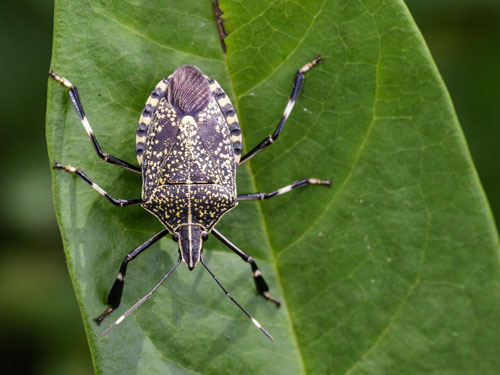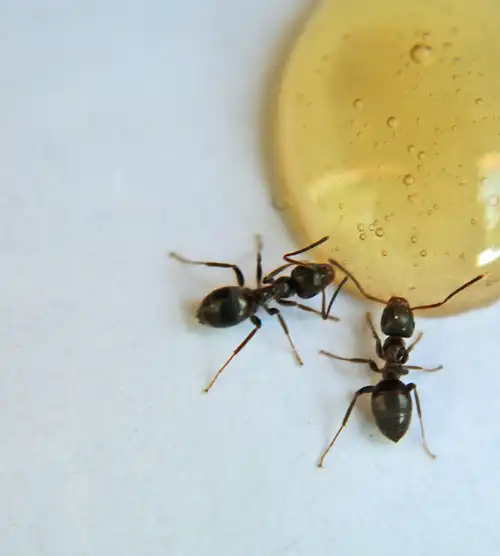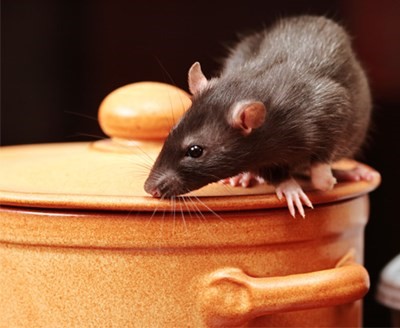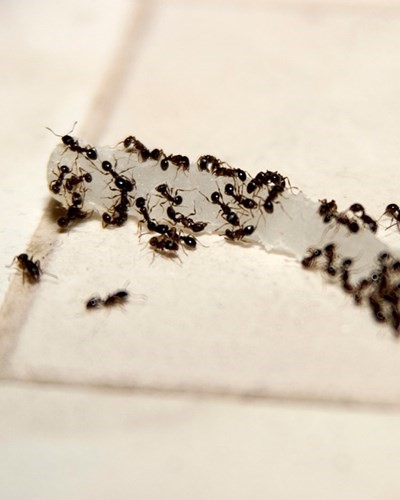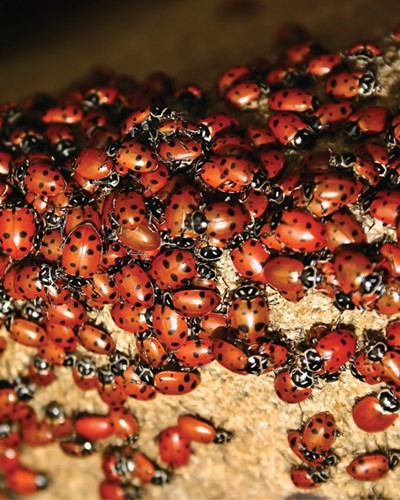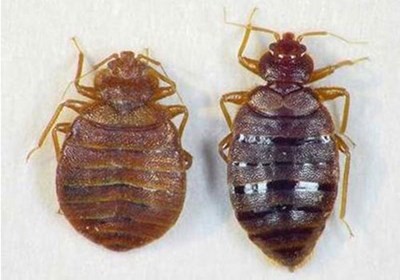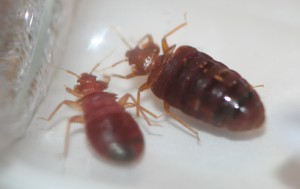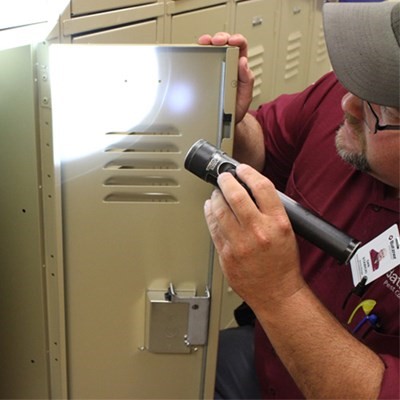When it comes to major purchases, there’s nothing more exciting than buying a new home. The new home search is filled with plenty of decisions and “watch outs.” When touring potential homes, many home-buyers focus on cosmetic changes they want to make in their new home. However, most new home buyers rarely think about pests. Pests, such as cockroaches, mice, rats, and stinging pests, carry health risks. Other pests, such as carpenter ants, rodents, and wildlife, can cause severe and costly damage to homes. Pest problems can be lurking beneath the surface, and knowing what to look for could help you avoid expensive repairs and treatments after you’ve signed on the dotted line.
As you visit the house, make sure to inspect the interior and exterior yourself for signs of pest invasion or damage. See if the previous owner has taken common pest problem prevention steps, such as installing screens on windows and doors or keeping shrubs and tree limbs from extending to the side of the house and roof. Look for cracks in sealed areas such as floorboards and molding, holes in the back corners of storage spaces and webs in the garage and basement. While many of these issues are easily fixed, you should be aware of the level of preventative care the previous homeowner took.
According to the National Pest Management Association, at any given time, approximately 29% of American homes are experiencing a pest infestation. While the occasional insect guest can happen in any home, you may want to have more serious pest concerns resolved before you buy; some may be serious enough for you to consider not making a purchase.
Recently, a customer called Batzner because they heard a noise coming from the attic of their newly purchased home. When our Operations Manager went up into the attic to take a look, he found BIRD NESTS! It turned out that the home inspector never went up into the attic, so the nests weren’t discovered until after the new owners moved in. If you are buying a home, use a qualified home inspector or strongly consider getting a pest inspection in addition to the required inspections.
It can be difficult to spot pest issues – some pests are too small to see or live in areas that may be difficult to access. That’s why it’s important to know signs that may indicate a more serious problem.
How to spot signs of potential pest issues:
Mice, Rats and Wildlife
- Look for mouse and rat droppings
- Listen for scratching noises coming from under the floor, behind walls or in ceilings
- Check for signs of rodent nests in cabinets, pantries, and behind appliances
- Chewed or gnawed wiring may also indicate a problem with rodents or wildlife
Insects (common pests include cockroaches and ants)
- Live or dead insects could indicate a problem
- When outside, look for openings or gaps that insects could use access to gain entry to the home – anything larger than ¼-inch is a cause for concern
- Ant mounds are another issue to watch for in yards
- Bee, wasp, and hornet nests attached to the home or in the yard; look up in high trees, under overhangs on the structure, etc.
Carpenter Ants
- Carpenter ants will look for softened wood to infest; if you notice signs of wet or moisture damaged wood, it may be a good idea to have a pest inspection done before buying
- These pests can hollow out wood, similar to mosquitoes, which can be costly to repair
- Carpenter ants are larger than most ants – about ¼-inch to ½-inch in size – and black in color
- In areas where carpenter ants are active, you may notice piles of what looks like sawdust near their entry holes
Bed bugs typically aren’t an issue for new homes, but if you are purchasing a town-home or condominium unit that shares walls with neighbors, be aware that your risk of bed bug issues could increase.
If you can’t decide whether or not to purchase your dream home, call a pest professional. The local pest control experts at Batzner are here to identify any potential pest issues. Getting a professional evaluation will give you a better idea of what can be done to eliminate existing pest issues and keep your new home pest-free* for a long time to come.
Batzner can do an inspection of your potential home before you buy to avoid any horrifying surprises. This could save you thousands of dollars in home damage that may go unnoticed by other inspectors. The last thing you want is to inherit someone else’s pest problems.

